The Mahabharata Series (cont.)
For some of my post a little background on the Hindu pantheon would be helpful. The descriptions below are oversimplified, butI hope folks would enjoy the iconography !
Hinduism came to India with the Aryan invaders who brought their Vedic gods. At that time the indigenous people of India had many local gods. As the Vedic deities and local deities blended, Hinduism was formed. As a result of this amalgamation, there are many different names for any one God and many different stories about that god/goddess — often inconsistent. But three main deities stand out: Shiva, Vishnu and Brahmā who in later Hinduism are known as the Trimurti (three forms). These three are felt to be different aspects of the divine. However, the mother Goddess also plays a huge role and she is variously designated as a consort (sexual partner) each in the Trimurti.
Here their brief traits. Below I will show various pictures of the Gods which are found all over India and explain the iconographic symbolism.
| Deity | Traits |
| Brahmā | Main Trait: The Creator Consort: Saraswati |
| Shiva | Main Trait: The Destroyer or Transformer AKA: Nataraja (lord of the dance), Rudra, Shankara Consorts: Sati, Paravati, Kali, Durga |
| Vishnu | Main Trait: The Preserver / Maintainer Consort: Lakshmi |
…………
Brahmā & Saraswati
| Vehicle: Swan (grace, discernment)Crown: Supreme authorityBeard: Wisdom
4 Arms: represent east, south, west, and north The Book: symbolizes knowledge (The Vedas) Rosary: symbolize substances used in the creation process Gold: Symoblises activity – creator |
|
| As above plus:4 Heads: Brahma is often depicted with 4 heads. There are many stories about why he has 4 heads.Complexion: Red is common , as are red clothes
Lotus: Symbolizes nature and the living essence of all things and beings in the Universe. Note: Brahma temples and worship is rare in India nowadays. |
|
| Saraswati– Consort of Brahma, Goddess of knowledge, music and arts. Associated with fertility, prosperity, purity and dcreativity. Saraswatis children are the Vedas (scriptures).Swan: same vehicle as her husbandVina: her musical instrument
Peacock: represents arrogance and pride over its beauty — the Goddess teaches not to be concerned with expernal apearance and to be wise regarding the external truth. River: Her name means “flowing” — related to her early history as a river goddess. |
Shiva & The Goddess
| Third Eye: line in center of forehead. He used this to burn Desire (Kāma) to ashes. Cut off head of son, Ganesh. It will annihilate the world in the end of the age.Tiger Skin: A meditation blanket of only most accomplished ascetics.Matted Hair: His classic style. Implies an ascetic meditator who cares not for looks. Sadhus imitate his appearance.
Trident: Shiva’s weapon to destroy evil and ignorance Drum: Hanging on the Trident. Shiva is known for his dance which will destroy the world. (see below: Nataraja) Blue (esp throat): He drank the poison churned during creation of world to save it. River (Ganga): A stream of water flows from his hair. This is the sacred Ganges River (Ganga). Here its fall from heaven is broken by the Lingum (Shiva’s phallic symbol of potency). Snake: often shown with a cobra as a garland Mount Kailāsa: The mountain in the Himalayas where Shiva lives and is felt to be the center of the Universe. |
|
| Nataraja: Shiva is known as the lord of the dance- “Nataraja”Ring of Fire: He uses fire to destroy.Rhythm of the Universe: Another image of the dance is the vibrant energetic movement and enpowering of the universe.
Releasing Souls: Another image is the dance used to release the souls of all men from the snare of illusion.
|
|
| Paravati: The Gentle aspect of Shakti (the power of the mother Goddess). Kali & Durga (below) represents the violent aspect of the feminine power. Symbol of fertility. Vehicle Lion.Ganesh: Son of Shiva and Paravati — see post on Ganesh | |
| Ganesh: Son of Paravati & Shiva Elephant Head: Denotes Wisdom.Fan-like Ears: He hears all petitionsTrunk: symobl of his discrimintation (viveka) needed for spiritual progress. Pot-belly: Bounty of nature and shows that gansh swallos the sorrows of the universe and protects the world. Sweet rice: (left hand) symbolic of sweetness of the realized inner self. “Swastika”: (right palm) symbol of fortune (stolen by Nazis) Goad: (in right hand) Helps propel mankind forward in righteousness and truth and remove obstacles. Noose: (left hand) “Pasha” – symbol that worldly attachments and desires are a noose. Broken Tusk: (right) Symbol of sacrifice which he broke for writing the Mahabharata. Trident: (on forehead) Shiva’s symbol Mouse: Ganesh’s vehicle — at his feet. He is humble enough to ride the lowest of creatures.
|
|
| Kali: The violent aspect of Shakti (the power of the mother Goddess). The goddess associate with eternal energy. The goddess of time and change. Some conceive of her a benevolent mother goddess. Associated with other Hindu Guddesses like Durga, Bhadrakali, Sati, Rudrani, Parvati and Chamunda.Necklace of Heads: after destructionSkirt of Arms: after destruction
Severed Head: Human Ego which must be slain by Divine Knowldge in order to attain moksha. Sword: Signifies divine knowledge |
Vishnu & Lakshmi
| 4-Arms: All-powerful and all-pervasive. Holding the following items:Crown: symbolizes supreme authority.Conch Shell: represents power to creat and maintain the universe. It represents “OM”
b: A sharp-spinning discus-like weapon. Represents destruction of one’s ego Blue Skin: All-pervasive like the infinite ocean Peacock Feather: Borrowing from Krisna Avataar. 2 Earrings: Inherent opposites in creation: knowledge and ignorance; happiness and unhappiness; pleasure and pain. Garland of Flowers: “vanamālā” Jewel on Chest: Lakshmi dwells in the jewel Mace: Weapon Conch Shell: auspicious |
|
| Lakshmi : Vishnu’s consort 4 Arms: Brahma is often depicted with 4 heads. There are many stories about why he has 4 heads.Lotus: Stands of Lotus — symbol of spiritual perfection and rises above worldly contaminationCoins: Goddess of means of obtaining objectives: Prosperity Goddess. dressed in fine garments and precious Jewels. Elephants: Flanked by elephants signifying her royal power. Some texts have the owl as her vehicle. |
|
Avatars of VishnuIntro: When the world needs help, Vishnu incarnates and works wonders (from Wiki).
|













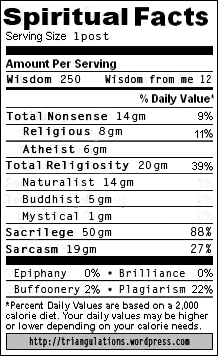



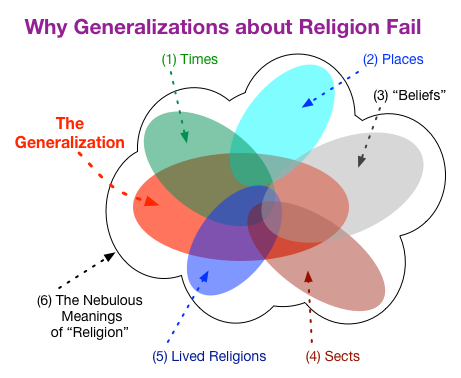


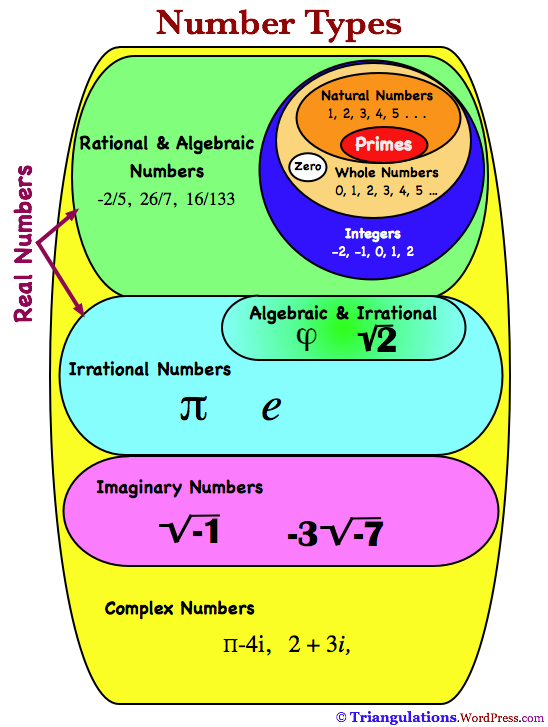


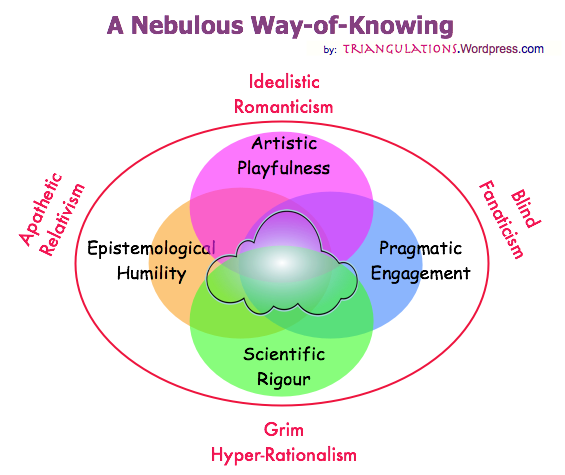






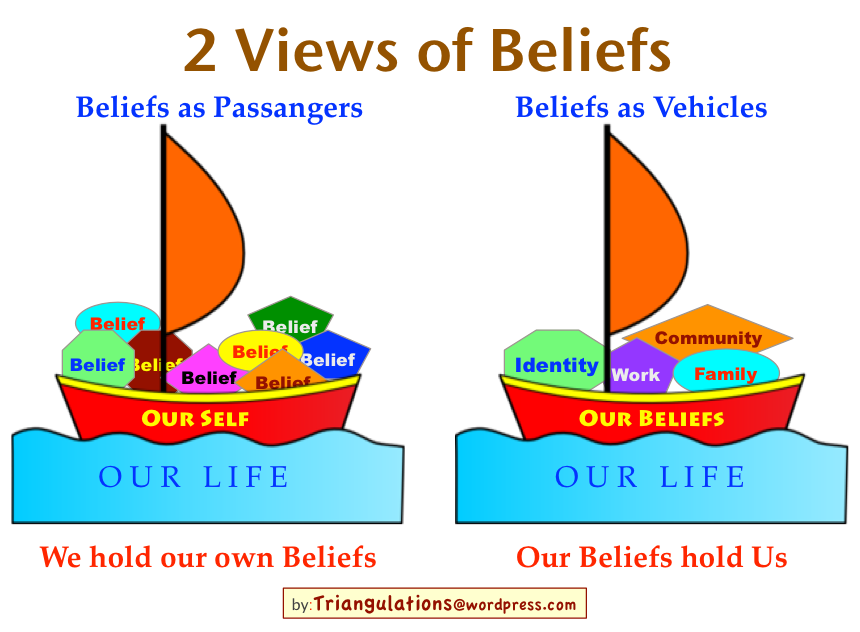







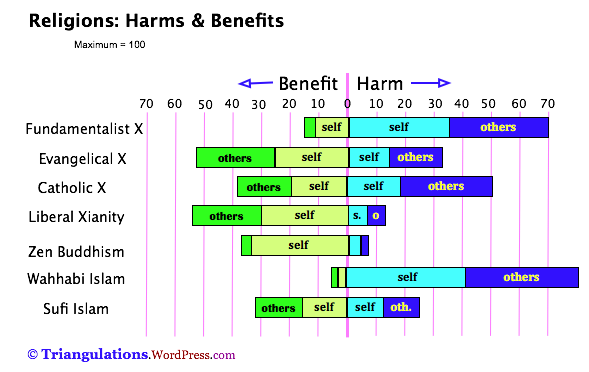



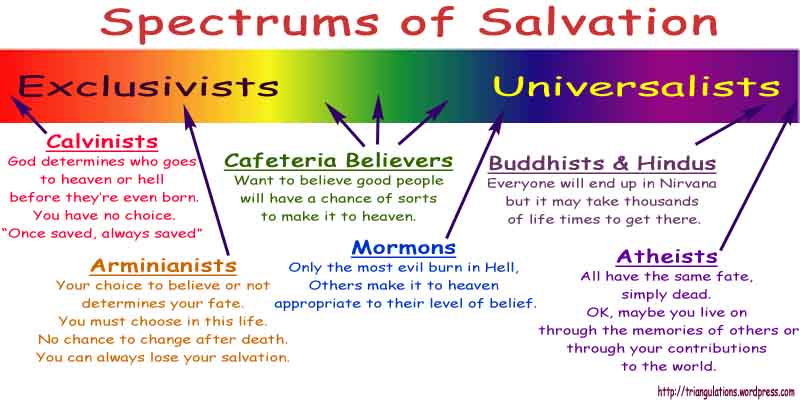




I don’t know whether you ever saw the ‘I believe’ series on TV (I only know it from the interwebs). There’s a fascinating interview on Hinduism here: http://video.google.com/videoplay?docid=6191876799063525626&pr=goog-sl#
Where the interviewee puts forward a view of the diversity of divinities as all being forms of one underlying divinity. The way she puts it I thought was very demythologized, which is interested. I suspected she wasn’t putting forward mainstream theology of Hinduism.
Wow, how can you say that this is oversimplified. That’s a great concise resource on Hindu gods, and I will be referring to it if I need to write on Hinduism. 🙂
@ Ian The gods being different aspects of the unified reality is an old concept in Hinduism and grew in popularity as the religion evolved.
@ Darren Glad you like it. I hope to be improving a little in the future. Why, though, does the future never get here??? 😉
This is great, thank you for putting this. I just discovered your blog. I am also an atheist, but I am studying religion at univeristy, 🙂 I have hinduism exam coming up this week, and this was so helpful to remember things.
Wow, thanks Ada. It is always nice when others appreciate the work us bloggers put into our posts. You inspired me to update this post further. Best wishes on your studies !
http://arti-katha.blogspot.in/2014/05/maa-bamleshwari-dongargarh.html
Well Thanks for presenting this post so called “Hindu Gods Iconography” .. Your way of presenting is awesome like..presenting various facts about various god ex .. Vehicle, Arms, The Book, Rosary, Gold for “Brahmā & Saraswati” and so on.
Thanks for this beautifully written blog. My only disappointment was that some of the minor divinities weren’t included. As a writer of the old ones (divinities of the past and present) I am forever researching the subject.
i want join hindusm
Pingback: Objects As History- class 9 | alefiyahmufaddal
Its 1.30 am buddy have a paper tomorrow, needed some quick info.. THANKS ..!